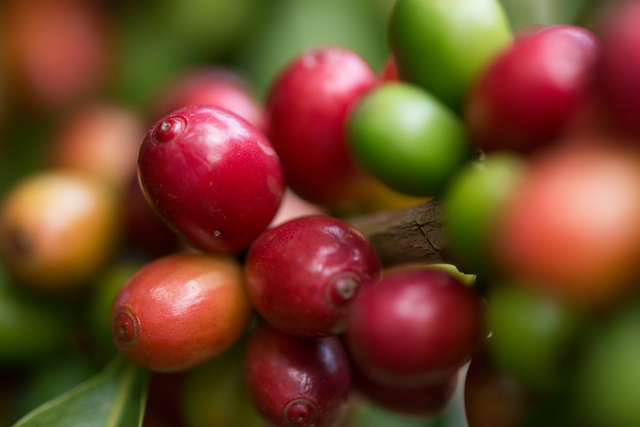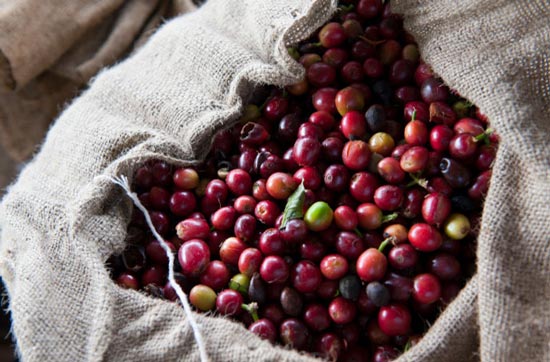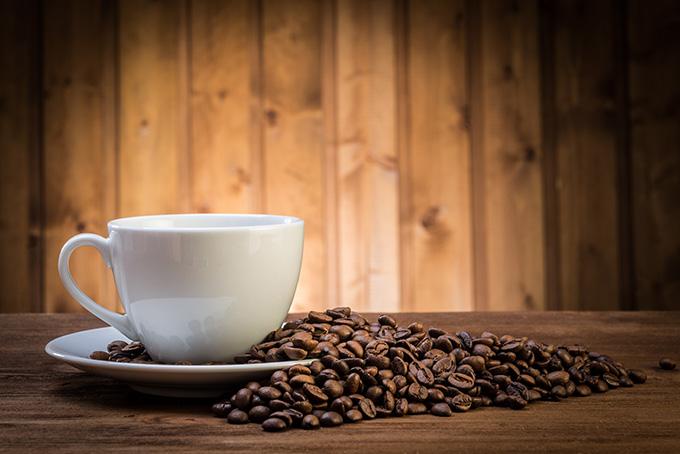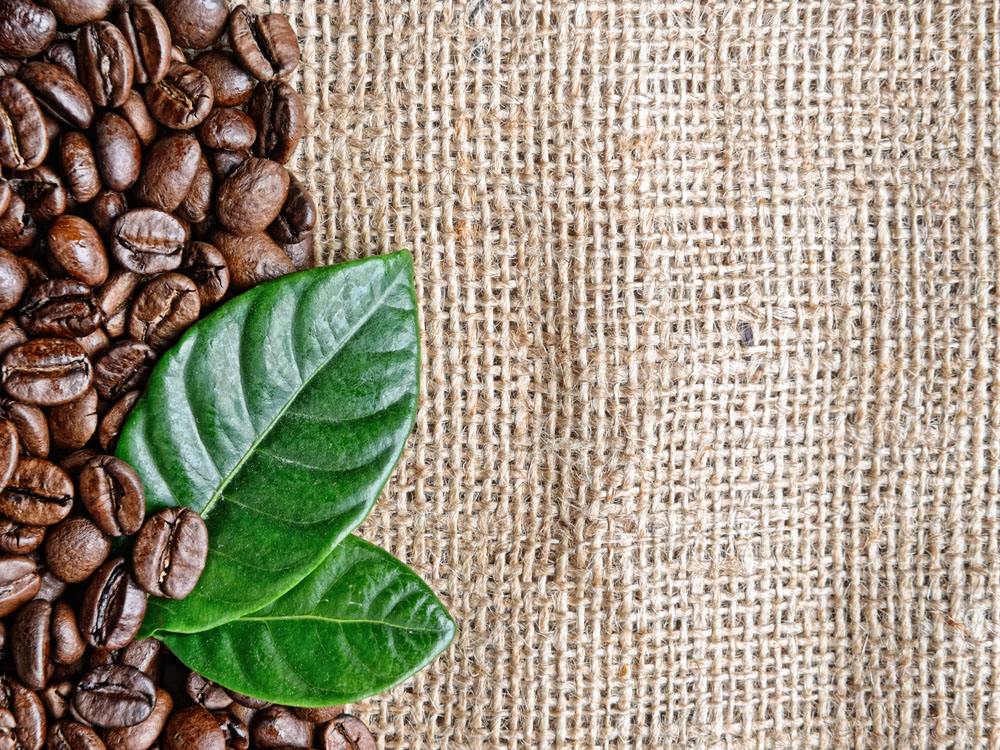Steal the branches and hide the coffee beans in the flowers for your lover. Coffee goes to the world like this!
This article is excerpted from "those exotic things: the firsthand Chronicle of exploring the World in the Great Navigation Age", a beautiful spring weekend, watching a coffee history and enjoying a coffee time.
Coffee originated in Ethiopia, but its use was not documented until the 15th century because it was discovered late in Europe: it is a stimulant and refreshing, so it is very popular. It is said that Yemeni Sufi monks were the first to drink coffee, which keeps them awake enough to pray at night.
At the beginning of the fifteenth century, coffee spread to the Muslim pilgrimage site of Mecca and then spread throughout the Middle East. Later travelers brought coffee to Europe, when people rushed to taste the drink, and cafes sprang up all over Europe. In the mid-17th century, the first cafes in England opened, which quickly became the center of public gathering and debate, and the base for carrying forward the spirit of seeking knowledge in the age of enlightenment.

In his book four Englishmen and missionaries traveling to Africa, Asia, Troy, Pitinia, Thrace and the Black Sea (The Travels of Four Englishmen and a Preacher into Africa, Asia, Troy, Bythinia, Thracia, and to the Blacke Sea (1612)), William Bedoff describes his first taste of coffee in Turkey:
The most common drink they drink is a black drink called Coffa, made from Coaua paste similar to peas. The method is to grind the beans with a grinder and then boil them with water, and when the local people taste them, the hotter they like it, the better. They live a simple and vulgar life and feel that they enjoy drinking this drink and help to digest the herbs and raw meat they eat.

Italian explorer Pietro de la Valle details Turkish coffee in his book Journey to Persia (Travels in Persia) (published in English in 1658):
Turks have a black drink that tastes cool and refreshing in summer and warms up in winter. I remember that the drink was made from the grain or fruit of a tree that grows in the Arab region near Mecca and produces fruit called "Cahue", which is also the name of the drink.
The fruit of "Kefei" is oval in shape and is the same size as medium-sized olives. When making drinks, local people occasionally use soft peels and occasionally only beans-like kernels. They think that there are two kinds of drinks that use peel and core, one is warm and the other is cold, but I forget whether the cool and refreshing drink is made of peel or core. 、

The drink is made as follows: bake the peel or core according to your preference and grind it into a very fine powder; the powder is slightly black and not very beautiful. Before drinking, the local people will add water to the powder and cook it in a special pot.
Then they pour out the drink and drink it as hot as possible, unless the mouth and throat can't stand the heat. The drink is really hot, so they don't drink it all at once, but sip it in stages, and the thick residue settles at the bottom of the pot. In order to improve the taste, they will add a lot of sugar, cinnamon and fine cloves to the "Kefei" drink to give it a rich aroma and add nutrition to nourish the body.
The book "the way to make Coffee, Tea and Chocolate in most regions of Europe, Asia, Africa and the United States" (The Manner of Making of Coffee,Tea and Chocolate as it is used in most parts of Europe,Asia,Africa and America (1685)) records the enthusiasm for coffee as a new drink in Europe:
Because the coffee flowers were black and looked melancholy and sad, the souls of the dead lived in them, and the Greek mathematician Pythagoras hated coffee beans. Some people think that coffee should not be drunk, claiming that it can paralyze people's senses and cause nightmares; however, coffee is good for the body, and I don't think it's a waste of time and energy to introduce coffee beans to the public.
I would now like to introduce a kind of Arabic bean called Bon, which is made into a drink called coffee by local people. Arabs and Egyptians have always had a habit of drinking it, and now it has also spread to Britain, France and Germany, where there is a great demand.
Coffee is a berry grown only in the desert of the Arabian Peninsula, from where it is transported to the high lord's territory for aristocrats to enjoy, with its purifying effect to dispel cold, dampness, liver and swelling. It is an imperial medicine that can stop itching and clear blood, protect the heart and stimulate the heartbeat.
At the end of the 17th century, coffee was so popular that there were thousands of cafes in major European cities, and the demand for coffee was increasing. The Arabs tried to monopolize the coffee trade, but the Dutch stole some saplings, took them to Batavia (formerly known as Jakarta in Indonesia) and built coffee farms there. In 1714, the Netherlands dedicated some coffee saplings to Louis XIV, the French king, who planted coffee trees in the Royal Botanical Garden in Paris. In 1714, a man named Gabriel. Young naval officers in Gabriel de Clieu risked their lives to cut coffee trees from the botanical garden and, despite pirate attacks, shipped saplings all the way to the French island of Martinique in the Caribbean, where coffee flourished.

The few coffee saplings he brought increased to 18 million 50 years later, and then the coffee trees were taken to the Caribbean and the New World. Brazil is now one of the largest exporters of coffee.
As for how coffee spread to Brazil, there is a very interesting anecdote. It is said that in 1727, Francesco, a Brazilian official in the Portuguese territory. De. Merlot. Francisco de Mello Palheta was dispatched to French Guiana to try to negotiate to bring coffee saplings to Brazil, but the French refused to share and sternly refused. Fortunately, Pachta was so handsome and personable that he fascinated the wife of the French governor, and the two secretly knew each other. Before Pachta's departure, the governor's wife presented him with a large bouquet of flowers with coffee seeds hidden in them, which finally led to the introduction of coffee to Brazil.
Important Notice :
前街咖啡 FrontStreet Coffee has moved to new addredd:
FrontStreet Coffee Address: 315,Donghua East Road,GuangZhou
Tel:020 38364473
- Prev

Summer Bigger? All knowledge about cold coffee is here.
Summer comes fast, people are caught off guard, in many summer iced coffee, cold extract coffee since its birth has never dimmed its charm. What is cold coffee? Cold Brew Coffee, English name Cold Brew Coffee, is ground coffee beans soaked in cold water for at least 12 hours, extracted and filtered by professional equipment. If you want a higher degree of maturity, you can also
- Next

On the difference between individual Coffee and mixed Coffee
If you order a cup of coffee, follow the usual order: the cup is big
Related
- Beginners will see the "Coffee pull flower" guide!
- What is the difference between ice blog purified milk and ordinary milk coffee?
- Why is the Philippines the largest producer of crops in Liberia?
- For coffee extraction, should the fine powder be retained?
- How does extracted espresso fill pressed powder? How much strength does it take to press the powder?
- How to make jasmine cold extract coffee? Is the jasmine + latte good?
- Will this little toy really make the coffee taste better? How does Lily Drip affect coffee extraction?
- Will the action of slapping the filter cup also affect coffee extraction?
- What's the difference between powder-to-water ratio and powder-to-liquid ratio?
- What is the Ethiopian local species? What does it have to do with Heirloom native species?

